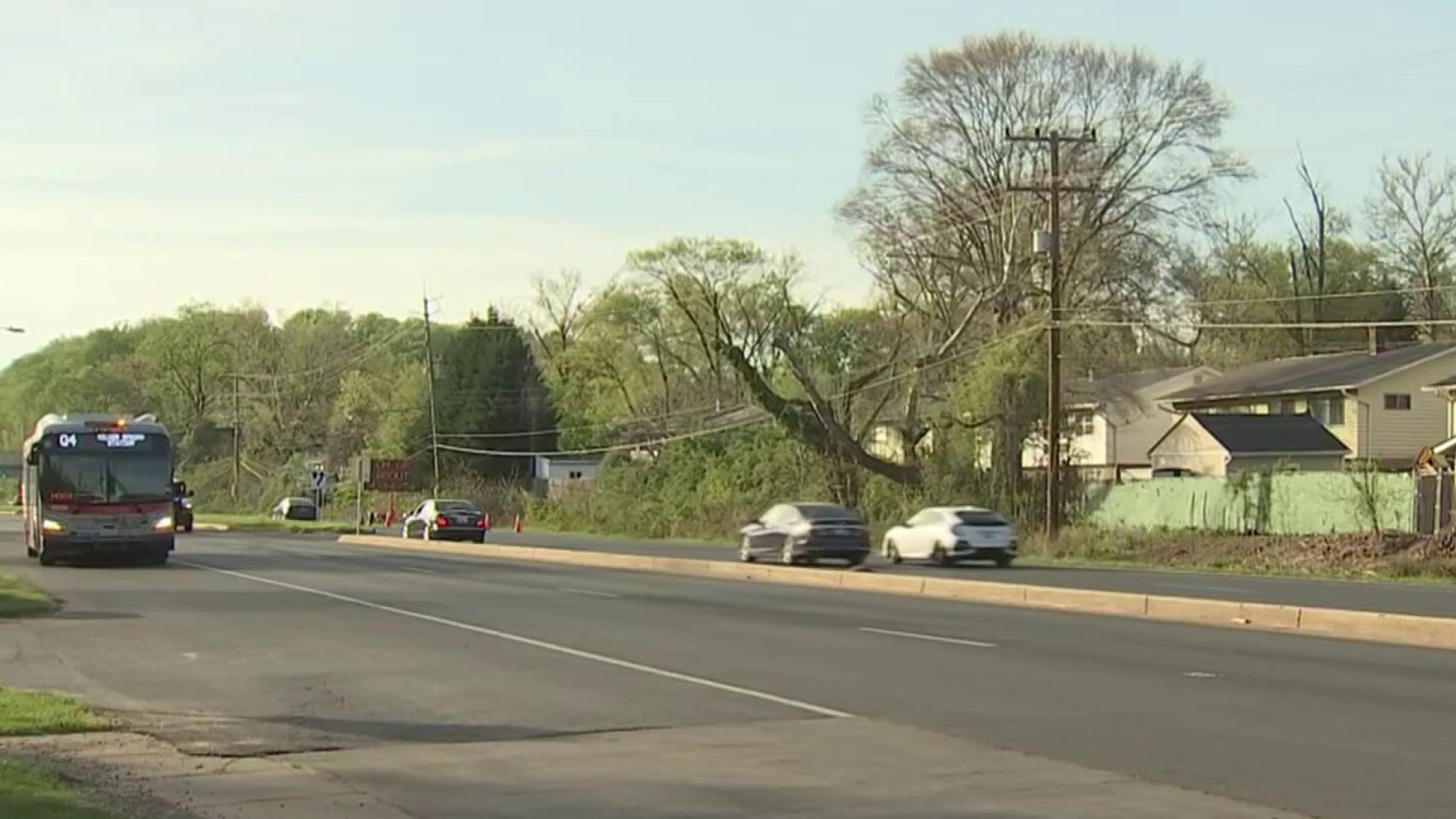A fort designed by a young George Washington and a subdivision in northern Virginia that features architecturally significant modern houses are part of the latest entries to the Virginia Landmarks Register.
They are among nine sites added to the register by the Virginia Department of Historic Resources. The register is the state's official list of important places.
Other additions include the boyhood home of Robert Russa Moton, the early 20th century black educator, and a rare surviving slave cabin.
The nine sites will be forwarded to the National Park Service for nomination to the National Register of Historic Places.
The new entries, with descriptions provided by the DHR, are:
- Walnut Valley, located in Chippokes Plantation State Park in Surry County, consists of a 1770 plantation house and an 1816 slave cabin. The 263-acre property remains largely intact.
- Fort Loudoun, located on a residential lot in the Winchester Historic District, is part of a larger site where a young Washington designed and supervised construction of a fort as commander of the Virginia Regiment in 1758. The fort, a command center during the French and Indian War, is no longer standing, although some archaeological remnants remain.
- The Robert Russa Moton boyhood home is located on a former plantation and farmstead known as Pleasant Shade. It is located in Prince Edward County, about 10 miles east of Farmville, and covers 246 acres. Moton was president of the Tuskegee Institute after the death of Booker T. Washington. Moton lived at Pleasant Shade from 1869 to 1880.
- The Hollin Hills Historic District, a 326-acre residential neighborhood in Fairfax County, was the first planned subdivision to combine land planning and modern house and landscaping designs. The district took shape between 1949 and 1971.
- The Melrose-Rugby Historic District, northwest of downtown Roanoke, traces its development as a working-class suburb from 1916 to 1949. The district has a range of architectural styles, including Craftsman bungalows and Cape Cod houses.
- The Riverland Historic District, also in Roanoke, was developed between 1900 and 1930. Also a working-class neighborhood, it reflects the city's rapid industrial growth during the late 19th and early 20th centuries.
- Elmwood Cemetery, a 50-acre municipal burial ground in what is now the city of Norfolk. Established in 1853, it contains the remains of more than 400 Confederate and Union war dead. It was also the burial ground for victims of a yellow fever epidemic that swept through Hampton Roads in 1855.
- Mount Sharon, a 77-acre property in Orange County, features a Georgian Revival-style country house designed by New York architect Louis Bancel LaFarge. The main residence was completed in 1937.
- The Ashland Jefferson Davis Highway Marker, in Hanover County, one of 16 granite memorials in Virginia commission by the United Daughters of the Confederacy. The memorials were erected along U.S. Route 1 between 1927 and 1947.
The DHR board of historic resources also approved the expansion of the Main Street Banking Historic District in Richmond. It adds four modern high-rises constructed in the early 1960s.
Local
Washington, D.C., Maryland and Virginia local news, events and information
It also expanded the Downtown Roanoke Historic District to encompass 19 buildings that contribute to the historic character of the district.



